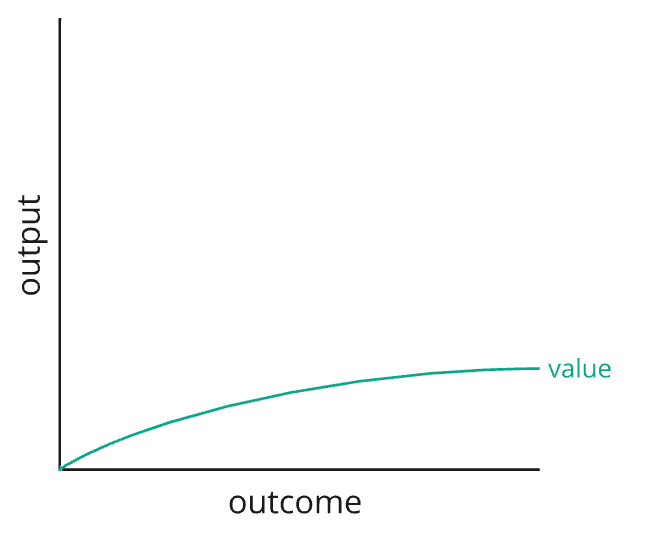The ROI of Empowered Teams: More Than Productivity
Great products are built through balance of smart investments, not just productivity
A few years ago I read Yuval Noah Harari’s ‘Sapiens,’ which explores humanity’s development from hunter-gatherers to the complexities of modern society. Despite the enormous scope, it was an incredibly accessible and simple book. Harari’s ability to distill vast amounts of information into clear, memorable insights taught me that clarity is more valuable than sheer volume. If Harari had included exhaustive details spanning thousands of years, it would have been overwhelming and unmemorable. I might not even have finished it. The book’s value was its clarity, not page count.
This insight makes me think of one of the unfortunate trends in today’s world of building software: productivity weaponized as a key barometer of a product team’s value. Just as ‘Sapiens’ taught me that comprehension quality is better than sheer volume of information, the same applies to measuring a team’s value by its output. Productivity on its own often has a net negative effect on product outcomes and user experience. Pursuing quality, thoughtful work is harder but creates more value than churning out more features or lines of code.
The Problem with Productivity-Focused Output Metrics
When teams are evaluated based on how much they do the only way to win is to deliver more, damn it! But in shipping as much as possible what do they compromise? End users don’t use products because of the number of features they have or the complexity of implementation. They want a product that solves their problems. Writing more code does not automatically generate more revenue. In fact, the more output teams create, the more costly they become. Productivity is a short term game and to win in a rapidly changing market teams need to act with the long term in mind. Measuring outputs may feel satisfying, but it’s not a viable way to win. A better predictor of product’s likelihood to succeed is how well team members’ behaviors reinforce one another.
Enter Empowered, Balanced Teams
“Empowered team” is a common term for healthy product teams that are more likely to build great products because they understand user needs and business opportunities and can ship quickly and flexibly. I like to use the term “balanced team” because it implies cohesion and a continuous quest for balance in the face of change. Balanced teams are not static, they are continuously changing. Their success comes from operating as a system and learning to sense imbalance and responding. The ongoing constructive overlap of their work together matters more than any individual methodology or output.
Characteristics of Balanced Teams
Balanced teams are characterized by their ability to:
Learn rapidly and adapt.
Focus on delivering high value and quality.
Maintain efficient and visible workflows.
Foster collaborative and empowered team dynamics.
Implement comprehensive risk reduction strategies.
The Power of Balance
Productivity is not irrelevant. Sometimes it is the most important thing. Consider the story from Amazon's early days when Jeff Bezos called Amazon's customer service during a meeting and had to wait over 10 minutes before it was answered. In this case, higher productivity equalled better customer service. My argument is that productivity is not the right criterion to assess product teams.
In software development only 1 out of 3 ideas lead to measurable improvement at best. If a team goes all in on maximizing productivity the result is more output, but not necessarily better results. And guess what? All that new output costs money to build and maintain.
Great balanced teams recognize that every action is an investment decision and can make smart choices about what they do and how they do it. Their goal is to invest effort that results in the most value and the least cost.
Great balanced teams don’t hedge. They balance their effort to maximize value.
Great balanced teams know how to play against both axes and invest in both building outputs and practices that create cohesion and reduce uncertainty. Continuous discovery, strategic planning, and creating north star metrics are activities that might seem “less productive,” but are vital to creating something valuable that lasts.
Great balanced teams prioritize value over quantity. Their success is rooted in adaptability, collaboration, and a focus on value and quality.
In the next posts, I intend to go deeper into each characteristic of great balanced teams, exploring specific practices and rooting each in real-world examples.





